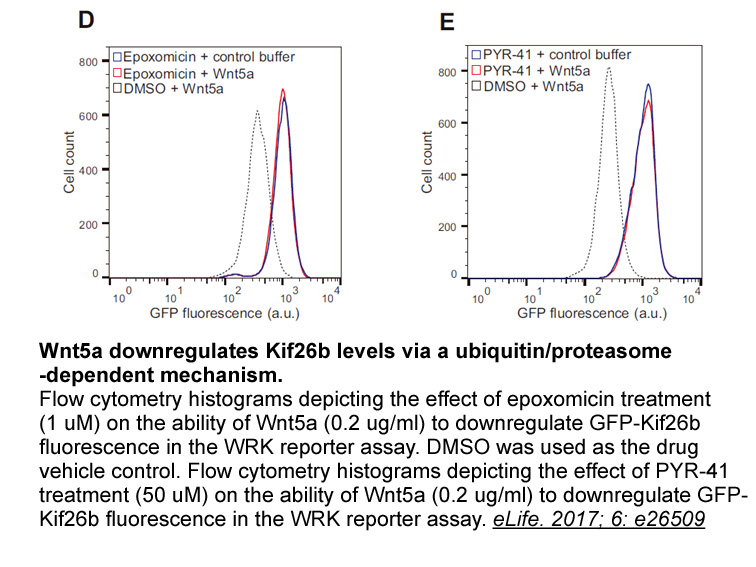Archives
br Conclusion SFP was delivered with
Conclusion
SFP 10–14 was delivered with good overall fidelity. Levels of adherence to programme content were high, though with some variation. Delivery of the intervention within the context of an RCT reduced levels of potential among some referrers, affecting the feasibility of planned recruitment and group composition targets. However, provision of material resources by the trial may have helped generate the capacity needed to make SFP 10–14 implementation workable, integrate the intervention within local delivery systems, and coordinate staff across multiple agencies. Trial-specific monitoring of implementation fidelity may have increased practitioner potential to deliver the intervention as intended, feeding through into intervention contribution.
Our findings will aid interpretation of outcomes from the effectiveness trial of SFP 10–14. Use of a pragmatic trial design (which aimed to assess delivery under ‘real world’ conditions) and analysis of the factors influencing implementation fidelity, provide valuable evidence about the extent to which our findings would be replicated when the intervention is used outside of a trial context, and the conditions necessary for successful delivery. Collection of data on implementation outcomes (e.g. recruitment, adherence, staffing levels, and group characteristics) would be valuable if the programme is delivered outside of a trial context– both to monitor what is delivered, and to develop understanding of how the programme operates in settings offering varying levels of potential and capacity.
Extended Normalisation Process Theory provided a useful framework to explain implementation processes, and their variation across time and space by examining interactions between the intervention and local delivery contexts. Our findings lend further weight to calls (Bisset et al., 2009; Moore et al., 2014) for process evaluations to examine both the structural and processual aspects of implementation - including interactions with local context, if they BIBF1120 are to fully explain what is delivered and why.
Acknowledgements
The research was funded by the National Prevention Research Initiative (https://www.mrc.ac.uk/research/initiatives/national-prevention-research-initiative-npri/; Award no. G0802128). Funding partners are: Alzheimer\'s Research Trust; Alzheimer\'s Society; Biotechnology and Biological Sciences Research Council; British Heart Foundation; Cancer Research UK; Chief Scientist Office, Scottish Government Health Directorate; Department of Health; Diabetes UK; Economic and Social Research Council; Engineering and Physical Sciences Research Council; Health & Social Care Research & Development Office for Northern Ireland; Medical Research Council; The Stroke Association; Welsh Government; and World Cancer Research Fund. The Welsh Government provided c.£675k of partnership funding, to cover the cost of implementation in three trial areas, and the associated training and support provided by the Cardiff Strengthening Families Programme team. Further support from Welsh Government provided £208 k to cover programme delivery in six trial sites from August 2011-July 2012. The Cardiff Strengthening Families Programme team also provided financial support for programme delivery and trial recruitment in schools.
1. Introduction
Defined by Putnam et al. (1993) as features of social organization such as networks, norms and social trust ethylene facilitate coordination and cooperation for mutual benefit, the concept of social capital has a structural and cognitive dimension (Uphoff, 1999). Structural social capital deals with individuals’ behaviours and mainly takes the form of networks and associations that can be observed  and measured through surveys. Cognitive social capital derives from individuals’ perceptions, resulting in norms, values and beliefs that contribute to cooperation (Fiorillo & Sabatini, 2015). Psychological health is “a state of wellbeing in which the individual realizes his or her own abilities, can cope with the normal stresses of life, can work productively and fruitfully, and is able to make a contribution to his or her community” (Ding, Berry, & O’Brien , 2015). The General Health Questionnaire (GHQ) (Craig, 2007) provides the most common assessment of psychological wellbeing. The GHQ makes available a self-reported measure of mental health and consists of questions regarding the respondent\'s emotional and psychological health over the past few weeks that precede the interview
and measured through surveys. Cognitive social capital derives from individuals’ perceptions, resulting in norms, values and beliefs that contribute to cooperation (Fiorillo & Sabatini, 2015). Psychological health is “a state of wellbeing in which the individual realizes his or her own abilities, can cope with the normal stresses of life, can work productively and fruitfully, and is able to make a contribution to his or her community” (Ding, Berry, & O’Brien , 2015). The General Health Questionnaire (GHQ) (Craig, 2007) provides the most common assessment of psychological wellbeing. The GHQ makes available a self-reported measure of mental health and consists of questions regarding the respondent\'s emotional and psychological health over the past few weeks that precede the interview . It captures current mental health problems in an individual\'s life (Lordan & Pakrashi, 2014). Available in several versions using 60, 30, 28 or 12 items, the 12-item version (GHQ-12) is the most broadly used screening instrument for common mental disorders, in addition to being a more general measure of psychological wellbeing (del del Pilar Sánchez-López & Dresch, 2008).
. It captures current mental health problems in an individual\'s life (Lordan & Pakrashi, 2014). Available in several versions using 60, 30, 28 or 12 items, the 12-item version (GHQ-12) is the most broadly used screening instrument for common mental disorders, in addition to being a more general measure of psychological wellbeing (del del Pilar Sánchez-López & Dresch, 2008).